Life design is the art and science of intentionally shaping your life to align with your values, passions, and aspirations. In a world where routines and external pressures often dictate our choices, life design offers a liberating framework to reclaim agency and craft a life that feels purposeful and fulfilling. At Self IQ, our mission is to empower you with smarter growth strategies so you can become a stronger, more authentic version of yourself. This evergreen guide will walk you through the foundational concepts, practical steps, and transformative mindsets that can help you design a life you truly love.
Understanding Life Design: The Foundation of Intentional Living

Life design is rooted in the idea that your life is not a static path to be discovered but a dynamic experience to be designed. This approach, inspired by design thinking, encourages you to view your life as a creative project—one where you are both the architect and the builder. Instead of waiting for clarity or purpose to appear, life design empowers you to take proactive steps, experiment with possibilities, and iterate based on what you learn. The core premise is that fulfillment and meaning are crafted through intentional choices, not stumbled upon by accident.
Design thinking, the backbone of life design, involves empathy, defining problems, ideation, prototyping, and testing. By applying these principles to your personal journey, you can systematically explore what brings you joy, identify obstacles, and develop solutions tailored to your unique context. This mindset shift—from seeing life as a problem to solve to viewing it as a design challenge—opens up new avenues for creativity and growth.
Clarifying Your Values and Vision
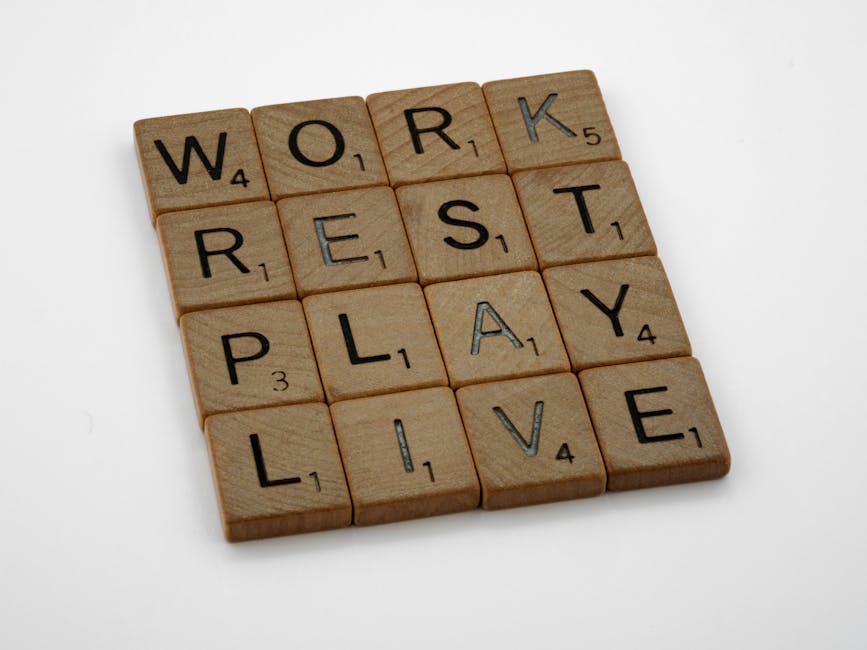
Photo by Brett Jordan on Pexels
Every well-designed life begins with clarity. Before you can make meaningful changes, you must first understand what truly matters to you. Values are the compass that guide your decisions and shape your sense of purpose. Take time to reflect on the experiences, relationships, and achievements that have brought you the most satisfaction. What themes emerge? Are you driven by connection, creativity, adventure, stability, or service?
Once you’ve identified your core values, envision the life you want to create. This vision should be aspirational yet grounded in your reality. Imagine your ideal day, the people you spend time with, the work you do, and the feelings you experience. Write it down, sketch it out, or create a vision board. The clearer your vision, the easier it becomes to set goals and make choices that support your desired direction.
Principles of Life Design: A Roadmap for Growth
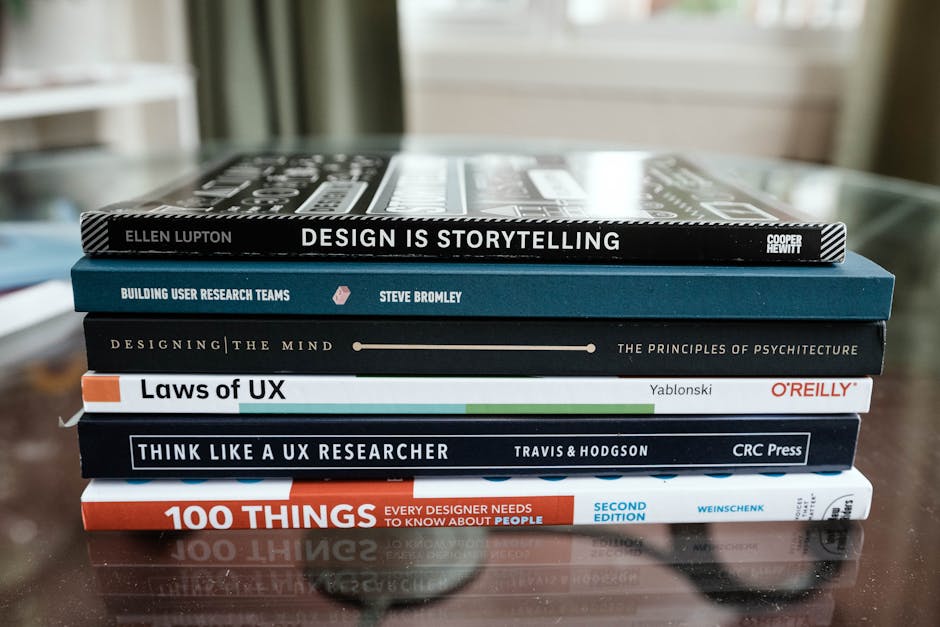
Photo by Karl Solano on Pexels
To design a fulfilling life, it helps to adopt a set of guiding principles that foster growth and resilience. Here are several key tenets:
- You are the main character: Take ownership of your journey. While others may influence your path, you are ultimately responsible for your choices and direction.
- Radical responsibility: Embrace full accountability for your circumstances. This doesn’t mean blaming yourself for everything, but rather recognizing your power to choose your response and next steps.
- Honest self-reflection: Regularly assess what’s working and what’s not. Be brutally honest with yourself about your habits, beliefs, and actions. Growth begins with self-awareness.
- Reframing challenges: Shift your perspective on obstacles. Instead of seeing them as roadblocks, view them as design challenges that invite creativity and problem-solving.
- Continuous iteration: Life design is an ongoing process. Experiment with small changes, learn from the outcomes, and refine your approach. There is no one-size-fits-all solution.
Setting Goals That Align With Your Life Design
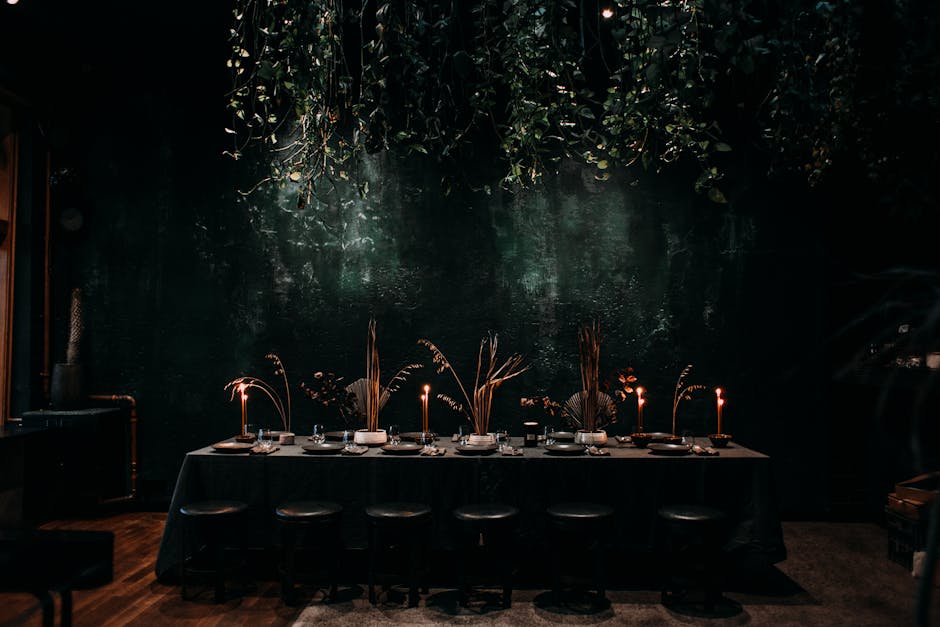
Photo by Rachel Claire on Pexels
With your values and vision in place, it’s time to translate them into actionable goals. Effective goal-setting bridges the gap between intention and reality. Start by identifying specific areas of your life you want to improve or explore—career, relationships, health, personal growth, or hobbies. For each area, set SMART goals (Specific, Measurable, Achievable, Relevant, Time-bound) that reflect your values and move you closer to your vision.
Break larger goals into smaller, manageable steps. Celebrate progress along the way, and don’t be afraid to adjust your goals as your insights evolve. Remember, life design is a fluid process—your goals should adapt as you grow and learn more about yourself.
Time Management and Productivity for Life Designers

Photo by Jamie Niederer on Pexels
Time is your most precious resource. Mastering time management is essential to making your life design a reality. Begin by auditing how you currently spend your days. Are your routines aligned with your values and goals? Identify areas where you can eliminate distractions or delegate tasks to free up time for what matters most.
Adopt productivity techniques that suit your style, such as the Pomodoro Technique, time blocking, or prioritizing high-impact tasks. Design your environment to support focus and minimize interruptions. Remember, productivity isn’t about doing more—it’s about doing what matters most. By intentionally structuring your time, you create space for growth, creativity, and connection.
Work-Life Integration: Blending Passion and Purpose

Photo by Andreea Ch on Pexels
Traditional notions of work-life balance often create an artificial divide between professional and personal fulfillment. Life design encourages a more holistic approach: work-life integration. This means finding ways to blend your career ambitions with your personal interests, values, and relationships. The goal is to create synergy rather than competition between different aspects of your life.
Consider how your work can reflect your passions or support your desired lifestyle. Explore flexible arrangements, remote opportunities, or side projects that align with your vision. Prioritize activities that recharge you and deepen your sense of purpose, whether that’s spending time with loved ones, pursuing creative outlets, or engaging in community service. By integrating your priorities, you can experience greater satisfaction and reduce the stress of compartmentalization.
Overcoming Obstacles and Limiting Beliefs
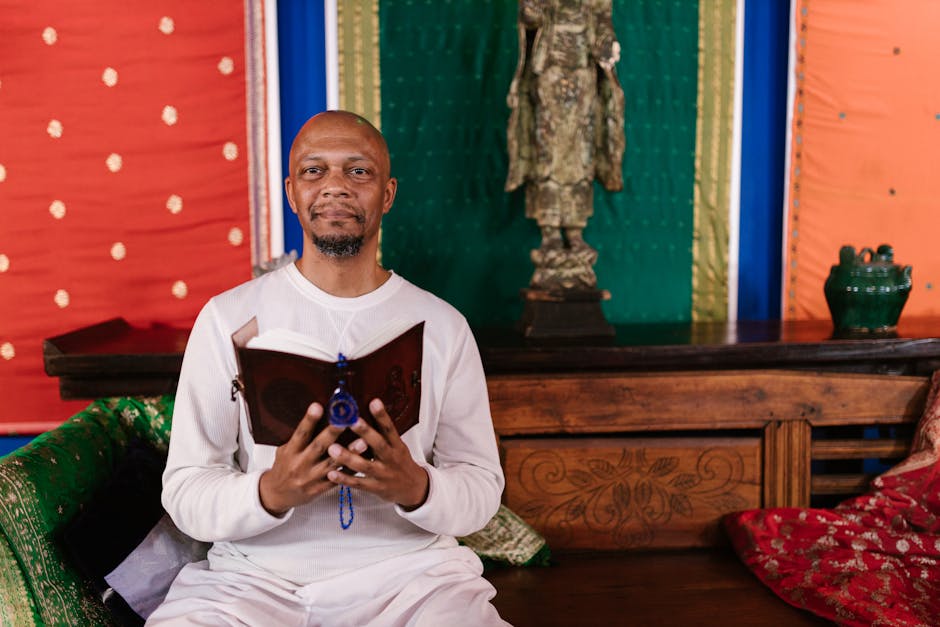
Photo by RDNE Stock project on Pexels
Every life design journey encounters obstacles—external challenges, internal resistance, or limiting beliefs. The key is to recognize these barriers and develop strategies to overcome them. Start by identifying common dysfunctional beliefs, such as “I need to find my one true passion” or “It’s too late to change.” Reframe these thoughts by asking empowering questions: What small steps can I take today? How can I experiment with new possibilities?
Seek support from mentors, coaches, or like-minded peers who can offer guidance and encouragement. Practice self-compassion when setbacks occur. Remember, growth happens outside your comfort zone. Each obstacle is an opportunity to learn, adapt, and build resilience.
Experimentation and Prototyping: Try, Learn, Iterate
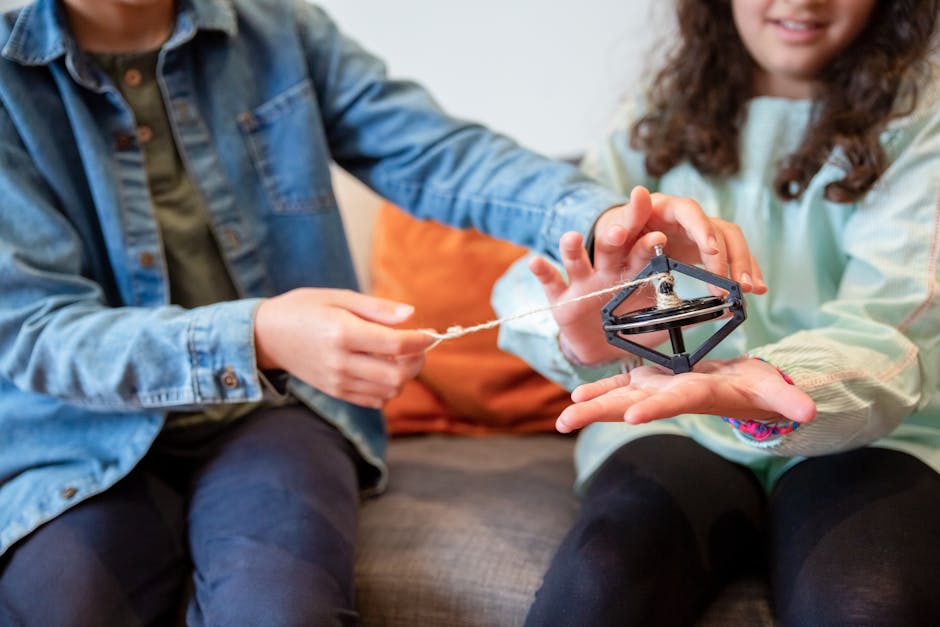
Photo by Kampus Production on Pexels
One of the most powerful aspects of life design is the emphasis on experimentation. Instead of making sweeping changes based on assumptions, test your ideas through small, low-risk experiments. Want to change careers? Shadow someone in your desired field or take on a short-term project. Curious about a new hobby? Sign up for a beginner’s class or volunteer in a related role.
View these experiments as prototypes—opportunities to gather data, reflect on your experiences, and refine your direction. Not every experiment will succeed, but each one brings valuable insights. The goal is progress, not perfection. By adopting a mindset of curiosity and iteration, you’ll build confidence and discover new paths that align with your evolving vision.
Building a Supportive Environment

Photo by Paul Gourmaud on Pexels
Designing your life is easier when you surround yourself with a supportive environment. This includes relationships, physical spaces, and routines that reinforce your goals and values. Identify the people who uplift and inspire you, and invest in those connections. Seek out communities—online or in-person—where you can share your journey, exchange ideas, and celebrate wins together.
Curate your physical environment to reduce friction and encourage positive habits. For example, if you want to read more, keep books visible and accessible. If health is a priority, stock your kitchen with nutritious options and schedule regular movement breaks. The more you design your environment to support your intentions, the easier it becomes to sustain meaningful change.
Embracing Change and Lifelong Growth

Life design is not a one-time project but a lifelong practice. As your circumstances, interests, and values evolve, so too will your vision for a fulfilling life. Embrace change as a natural part of growth. Periodically revisit your values, goals, and routines to ensure they still resonate with who you are and who you want to become.
Celebrate your progress, learn from your experiences, and stay open to new possibilities. The journey of life design is one of continuous discovery—a chance to create, adapt, and thrive on your own terms. With intention, curiosity, and resilience, you can design a life that is uniquely yours.
Sources
- https://ideas.ted.com/how-to-use-design-thinking-to-create-a-happier-life-for-yourself/
- https://imagine.jhu.edu/blog/2022/08/05/the-principle-of-life-design/
- https://www.peakmindpsychology.com/blog/post/design-your-way-through-2022-principles-of-life-design
- https://focuskeeper.co/glossary/what-is-lifestyle-design-principles
- https://focuskeeper.co/glossary/what-is-life-design-principles





